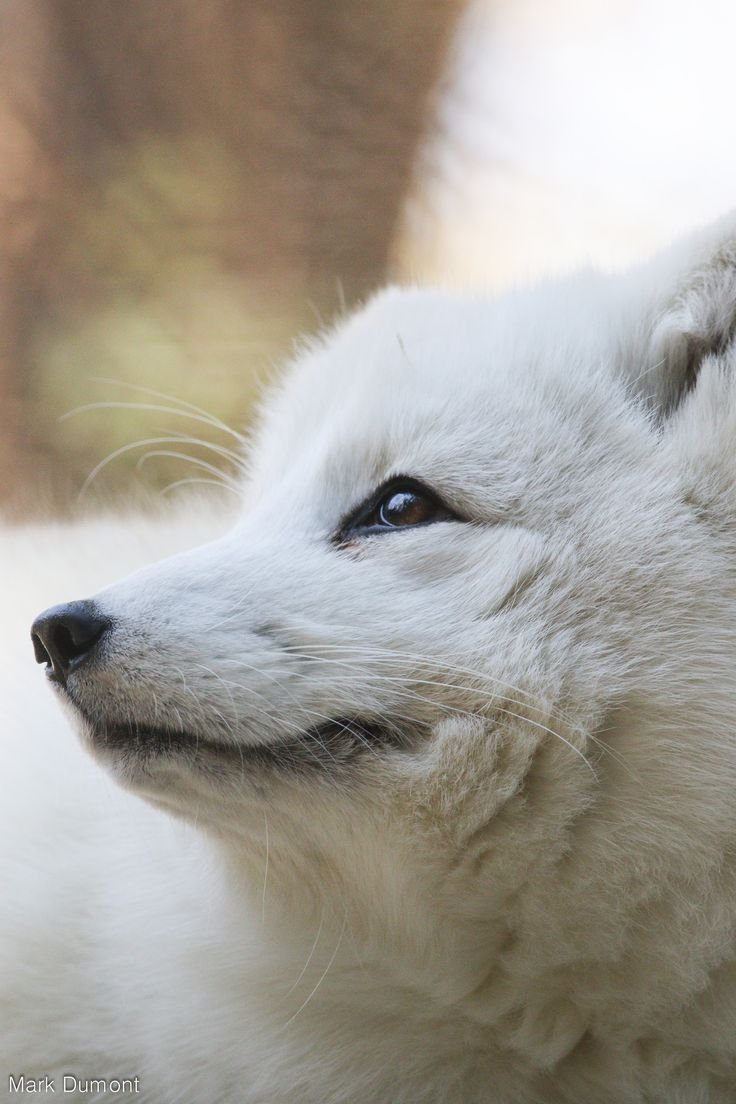
Imagine we’re sitting in a cozy café, sipping on hot cocoa, and chatting about wildlife. It’s easy to get wrapped up in the beauty of nature, especially when it comes to animals that inhabit the harsh Arctic environments. Whether you’re a wildlife enthusiast or just curious about these inhabitants of the cold, understanding the Arctic fox’s relatives can be both fun and educational. Here’s a look at ten animals that are similar to the Arctic fox, along with tips on how to distinguish them.
1. Red Fox
The red fox is perhaps the most well-known relative of the Arctic fox. Unlike its Arctic counterpart, the red fox is more widespread and can be found in various habitats, from forests to grasslands. These sleek creatures sport a reddish-orange coat with a white-tipped tail, giving them a striking appearance.
So, how can you tell them apart? The Arctic fox is smaller and has a thicker coat, especially in winter. While the red fox can weigh up to 24 pounds and has longer legs, the Arctic fox typically weighs between 6 to 24 pounds and has a stockier build. Additionally, the red fox’s ears are more pointed compared to the rounded ears of the Arctic fox, which helps it hear in its snowy surroundings.
2. Fennec Fox
The fennec fox is like the little cousin of the Arctic fox, but instead of snow, it thrives in the sandy deserts of North Africa. With its oversized ears, this tiny fox is built for heat, using those big flappers to dissipate warmth.
One major difference between the two is their size. The fennec fox is significantly smaller, weighing only about 2 to 3.5 pounds. Its fur is a light tan color, tailored for blending into the desert environment, while the Arctic fox’s coat changes from brown to white with the seasons, providing camouflage in snowy climates. Plus, the fennec has a distinctive, playful demeanor, often seen leaping and running in the sand.
3. Corsac Fox
The corsac fox is native to Central Asia and has a similar body shape to the Arctic fox, but its fur is a sandy gray color. This fox is often found in dry grasslands and open spaces, making it quite different in habitat preference.
If you’re trying to differentiate them, focus on their coloration and tail. The corsac fox has a slightly longer tail with a bushy tip and lacks the Arctic fox’s winter coat thickness. Plus, their face has a more distinctive fox-like appearance, whereas the Arctic fox has a softer, rounder face.
4. Tibetan Fox
Next on the list is the Tibetan fox, which roams the high-altitude regions of Tibet and surrounding areas. This fox stands out because of its unique shape and coloration. It has a bluish-gray coat and a flatter face, almost resembling a cartoon fox.
You can spot a Tibetan fox by its distinctive markings, which include light spots on its face and darker fur on its legs. Unlike the Arctic fox, it doesn’t undergo significant color changes with the seasons, so its look remains consistent throughout the year. This fox’s size is a bit larger than that of the Arctic fox, making it an interesting character in the family of canids.
5. Swift Fox
The swift fox, native to North America’s prairies, has a lithe body, which helps it navigate its grassland home efficiently. Often mistaken for the Arctic fox due to its similar build, the swift fox has a different coloration, typically ranging from a pale buff color to a more reddish hue.
To tell them apart, look at their behavior and habitat. The swift fox tends to be more social and is often seen darting about in pairs or small family groups. Additionally, it has a shorter, less bushy tail compared to the Arctic fox, making it stand out in the wild.
6. Arctic Wolf
While not a fox, the Arctic wolf shares the same icy habitat and has a similar fur color, which can sometimes lead to confusion. These majestic predators have thick white coats that keep them warm in extreme conditions, much like the Arctic fox.
To differentiate between the two, consider their size and behavior. Arctic wolves are much larger, weighing between 75 to 110 pounds, and they travel in packs. In contrast, Arctic foxes are smaller and tend to be solitary or found in small family groups. Their hunting methods also differ, with wolves typically taking down larger prey, while foxes target smaller animals.
7. Blue Fox
The blue fox, a variation of the Arctic fox, is primarily found in the Siberian tundra. This fox has a unique bluish-black coat that can sometimes be confused for the Arctic fox’s winter fur.
When distinguishing between the two, look for the blue fox’s darker coloration and longer fur. The blue fox often has a more slender build compared to the Arctic fox, and its fur may appear shiny or glossy in the sunlight. This breed of fox is also less common, making encounters relatively rare.
8. Grey Fox
The grey fox is notable for its adaptability, often found in various habitats across North America, from forests to urban areas. Unlike the Arctic fox, the grey fox has a more varied coat, blending shades of gray, red, and brown.
One key difference is in their climbing ability. Grey foxes are known for their tree-climbing skills, thanks to their unique foot structure. Meanwhile, the Arctic fox is more of a ground-dweller, relying on its speed and agility in the snow. Their facial features vary too; the grey fox often has a more elongated snout compared to the Arctic’s rounder face.
9. Kit Fox
The kit fox is another small fox species, primarily found in desert regions of the western United States. With its sandy fur and long tail, the kit fox resembles the fennec but is more closely related to the Arctic fox.
To spot the differences, pay attention to the kit fox’s size and habitat. Kit foxes weigh around 4 to 6 pounds, making them smaller than Arctic foxes. Additionally, their habitat doesn’t include snowy regions, instead preferring arid conditions. The coloration of the kit fox is generally lighter, which helps it blend into its desert surroundings.
10. Sand Fox
Finally, the sand fox, also known as the sand cat, is another diminutive relative found across the sand dunes of Africa and parts of Asia. Its coat, sandy-colored with subtle stripes, assists in camouflage within its arid home.
Unlike the Arctic fox, the sand fox has adapted to a very different environment. To tell them apart, take a look at the size and ear shape. The sand fox has large ears to keep cool in the heat, while the Arctic fox has round ears, perfect for hearing in snowy landscapes. Their behavior is also distinct; sand foxes are known for their nocturnal habits, while Arctic foxes can be active throughout the day.
In summary, while many animals share similarities with the Arctic fox, each has its unique traits that help them thrive in their environments. Whether it’s the vibrant red fox or the agile fennec, nature has a way of crafting diverse adaptations for survival. So next time you spot an Arctic fox, think about its fascinating relatives and how they all play a role in the tapestry of life.

